
Deciphering Orchid Roots: Reasons They Extend Beyond Pots and Recommended Actions
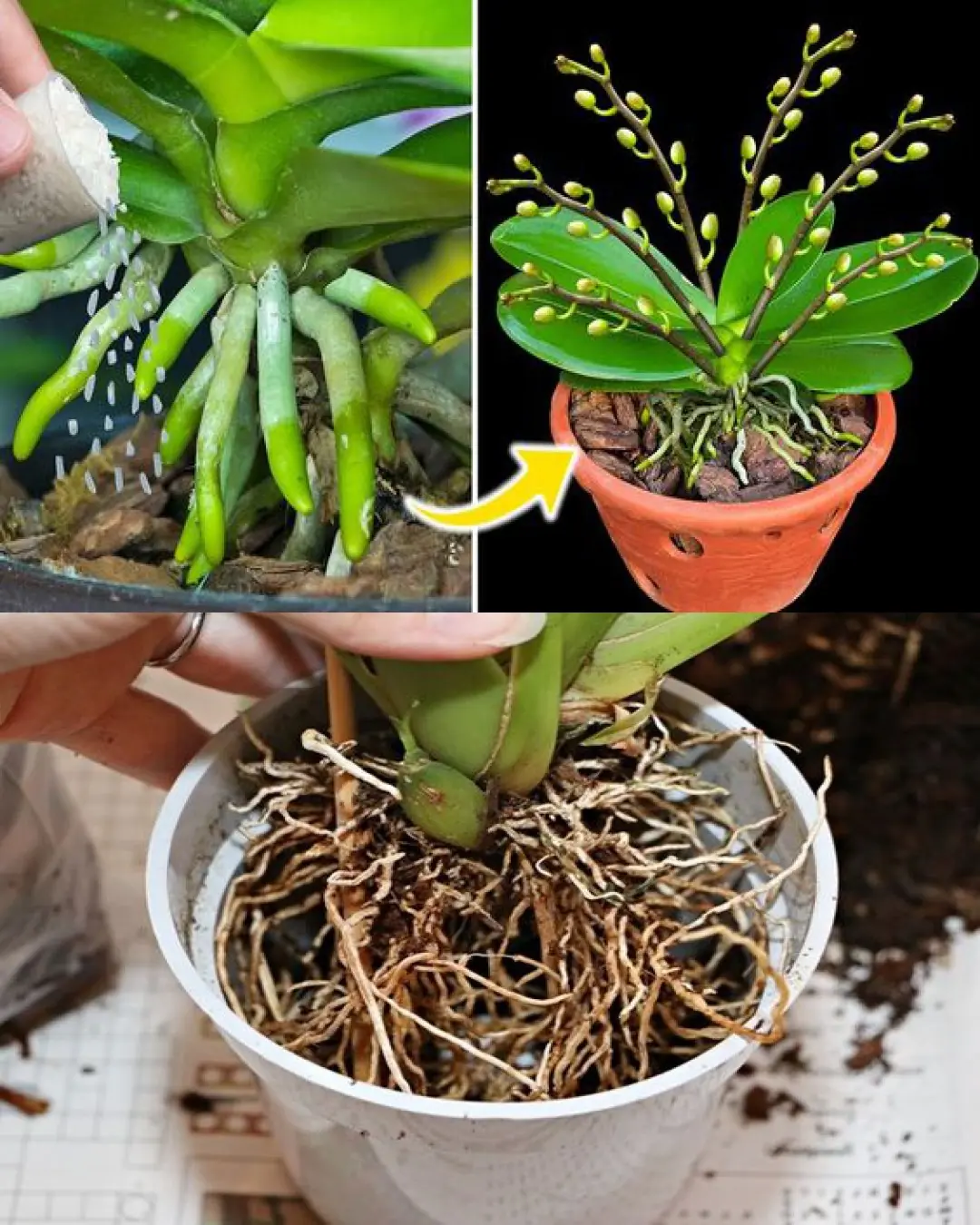
Orchids are some of the most stunning and intriguing houseplants. Known for their striking flowers and delicate nature, orchids often surprise their owners with their unique growth patterns. One of the most curious aspects of orchid growth is when their roots extend beyond the pot. While this may seem like a sign of trouble, it’s actually a natural part of an orchid’s life cycle. In this article, we’ll dive into why orchids send their roots outside the pot and what actions you should take to ensure your orchid remains healthy and thrives.
Why Do Orchid Roots Extend Beyond the Pot?
1. Natural Growth Habits of Orchids
Orchids are epiphytes, which means they grow naturally on trees, rocks, or other surfaces rather than in the ground. In their natural habitat, orchids send their roots out into the air to seek moisture and nutrients from the surrounding environment. These aerial roots allow the orchid to cling to tree trunks or branches and absorb water and nutrients that collect on the surface.
In a home setting, orchids still follow this instinctual behavior. If your orchid's roots are extending beyond the pot, it may be trying to mimic its natural habitat by reaching for water, air, or nutrients. This is especially common in species like Phalaenopsis, Cattleya, and Dendrobium, which have more visible aerial roots.
2. Lack of Space in the Pot
If your orchid’s roots are pushing outside the pot, it could indicate that the plant has outgrown its current container. Orchids require ample space for their roots to grow, and if the pot becomes too small, the roots will begin to search for room to expand. This is a good sign that it may be time to repot your orchid into a larger container.
3. Insufficient Drainage
Orchids need well-draining pots to prevent waterlogging and root rot. If the pot is not providing enough drainage, the roots may grow outside the pot in search of air and moisture. While orchids need their roots to be moist, they also need air circulation to avoid stagnant water, which can lead to fungal or bacterial infections.
4. Environmental Factors
Environmental factors like humidity and light can also influence the growth of orchid roots. Orchids tend to send their roots outward when they are trying to find more humid air or adequate light. If your orchid is placed in a dry area with low humidity, it may extend its roots beyond the pot to find a more suitable environment.
What Should You Do When Orchid Roots Extend Beyond the Pot?
1. Check for Potting Problems
Start by inspecting the current pot to ensure it’s the right size for your orchid. If the roots are growing beyond the pot, it could be time to repot. Orchids typically need a pot that is just a bit larger than their current root ball—too large of a pot can cause problems like excess moisture retention, leading to root rot. When repotting, use a pot with drainage holes to ensure proper airflow.
2. Ensure Proper Drainage
Make sure the pot you are using has good drainage. Orchids need soil that drains well to prevent water from sitting in the pot. If your pot doesn't have enough holes, you can either drill more or switch to a new pot that’s better suited to your plant’s needs. You can also consider using a potting medium designed specifically for orchids, like bark, which provides good drainage and mimics their natural growing environment.
3. Repot Your Orchid
If your orchid is outgrowing its pot, it’s time for a repotting. Remove the orchid from its current pot and gently untangle any roots that have grown beyond the pot. Trim off any dead or damaged roots, and place the orchid in a new pot that is just a bit larger than the previous one. Make sure the plant is centered in the pot and that the roots are not cramped. Fill the new pot with fresh orchid potting mix, and water the plant lightly to settle the medium.
4. Increase Humidity
If your orchid’s roots are extending in search of more humidity, consider increasing the moisture levels around the plant. Orchids thrive in humid environments, typically between 50% and 70% humidity. To boost humidity, you can use a humidity tray, a humidifier, or place the orchid in a bathroom with good light. Just be cautious not to overwater the plant as this could cause root rot.
5. Keep an Eye on Light Conditions
Ensure your orchid is getting the right amount of light. Orchids generally prefer bright, indirect light. If your orchid is placed in a location with too little light, it might stretch its roots outward in search of a better environment. Move the plant to a location with better lighting if necessary, but avoid direct sunlight, which can scorch the leaves.
When Is It Time to Stop Worrying?
In many cases, orchids are simply following their natural instincts by extending their roots beyond the pot. If your orchid is growing healthily and producing new roots, flowers, and leaves, it’s a positive sign that your plant is thriving. As long as the roots aren’t showing signs of rot (such as being mushy, brown, or black), there’s no need for concern.
However, if the roots continue to grow excessively or appear unhealthy, it’s time to take action. Overgrown roots or damaged roots can lead to problems like poor water absorption, root rot, or a lack of nutrients.
Final Thoughts
Orchids are resilient plants that can adapt to their environment by growing their roots outside the pot. Understanding why orchid roots extend beyond the pot can help you provide the proper care for these beautiful plants. Whether it’s repotting your orchid, adjusting humidity levels, or ensuring adequate drainage, small changes can make a big difference in the health and vitality of your orchid. Keep an eye on your plant’s growth, and soon you’ll be rewarded with vibrant blooms and healthy roots.
News in the same category

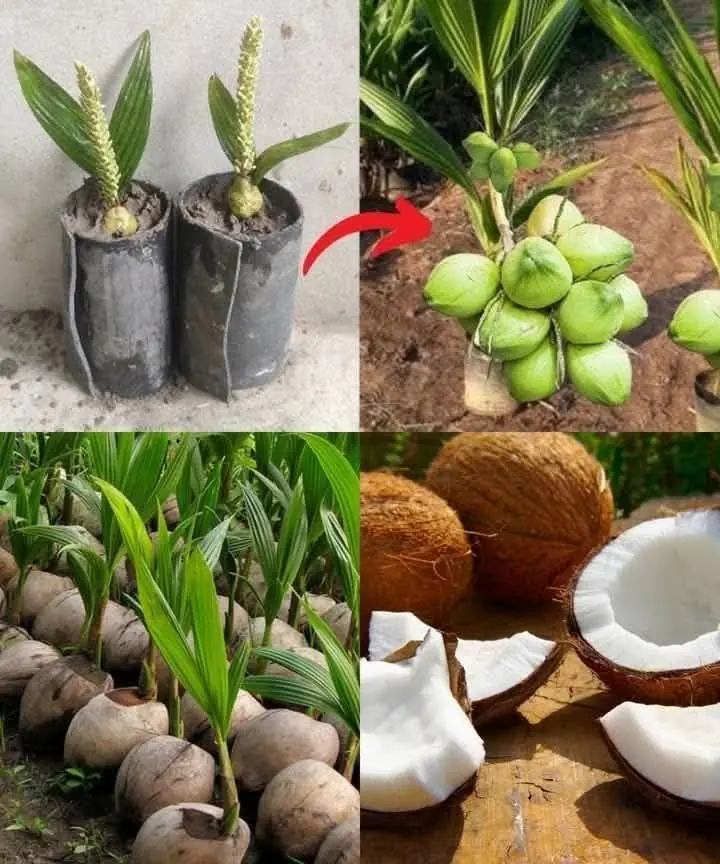
How To Grow Coconut Tree From Coconut Fruit

How To Grow Strawberries From Seed
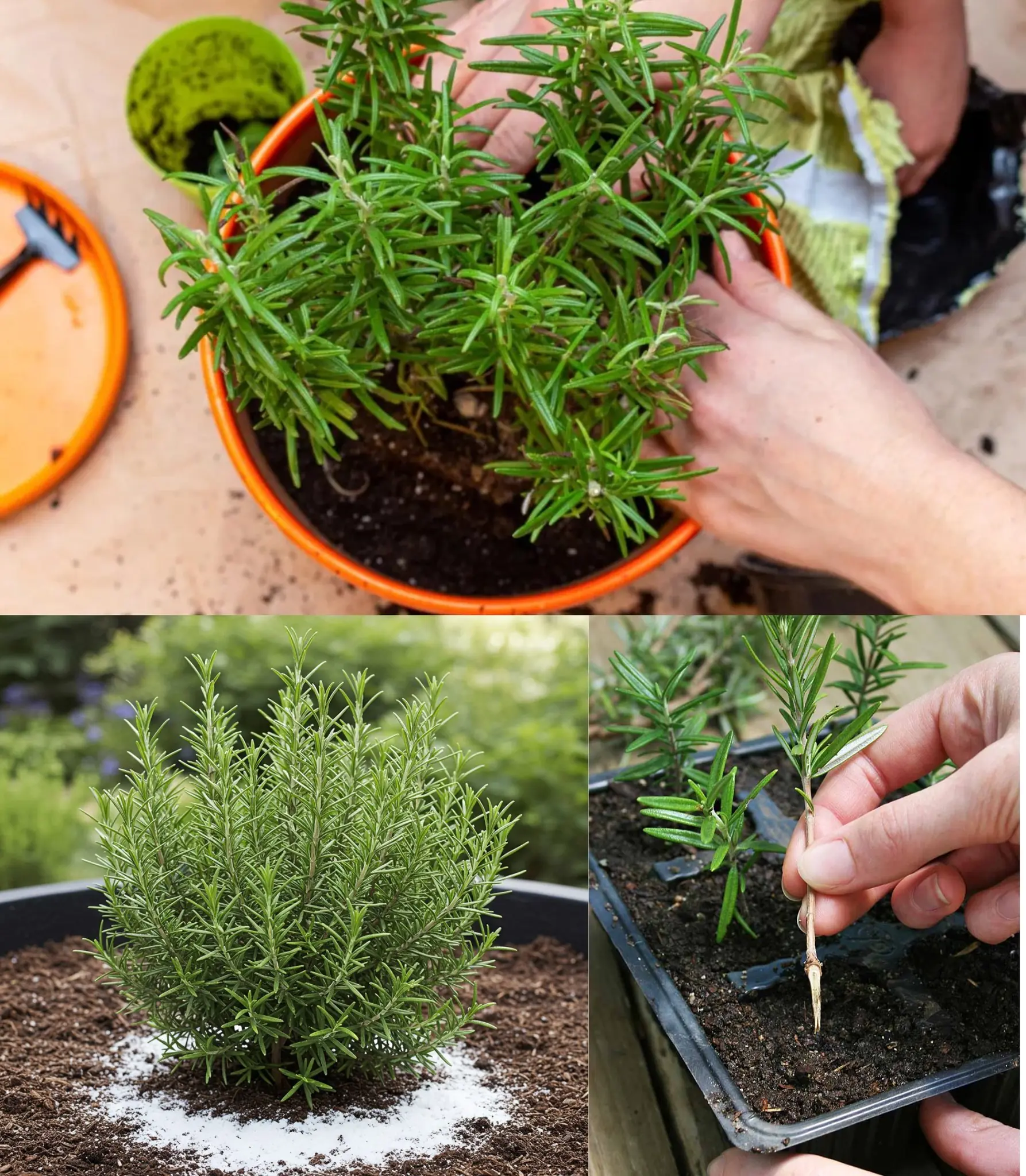
Rosemary Never Dries Again – Here’s the Gardener’s Trick!
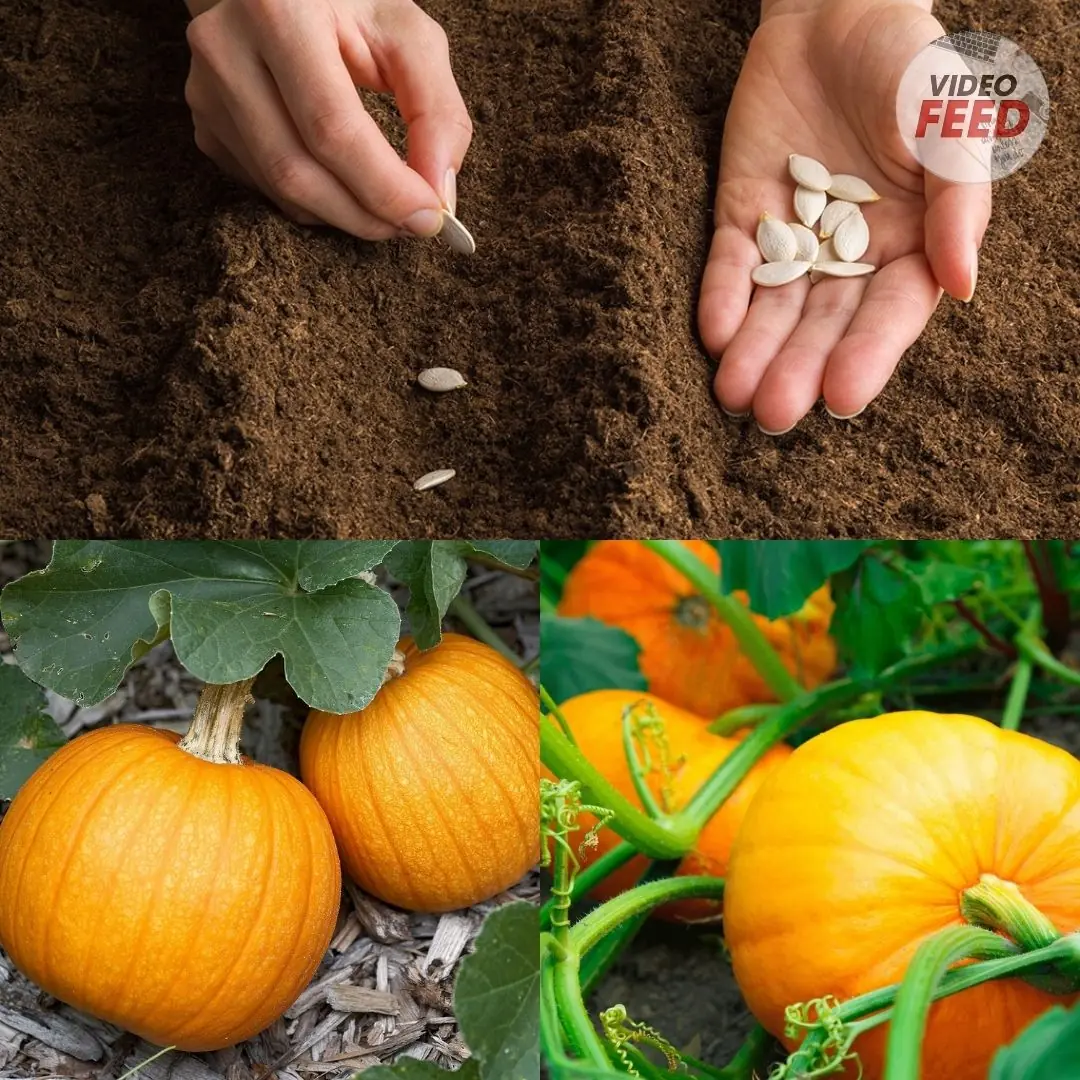
How to Grow Pumpkins in Your Home Garden
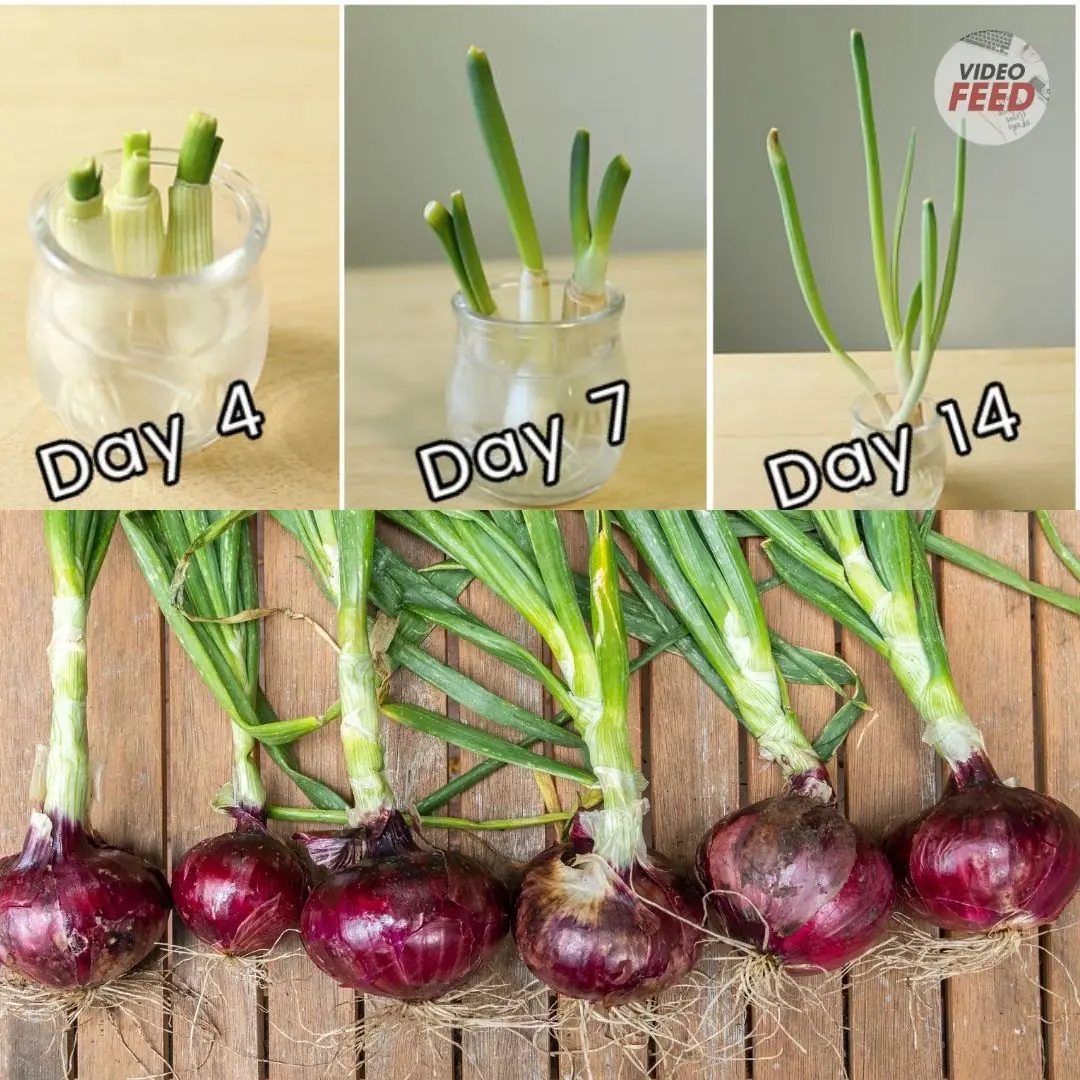
How to Grow and Care for Red Onions in the Garden
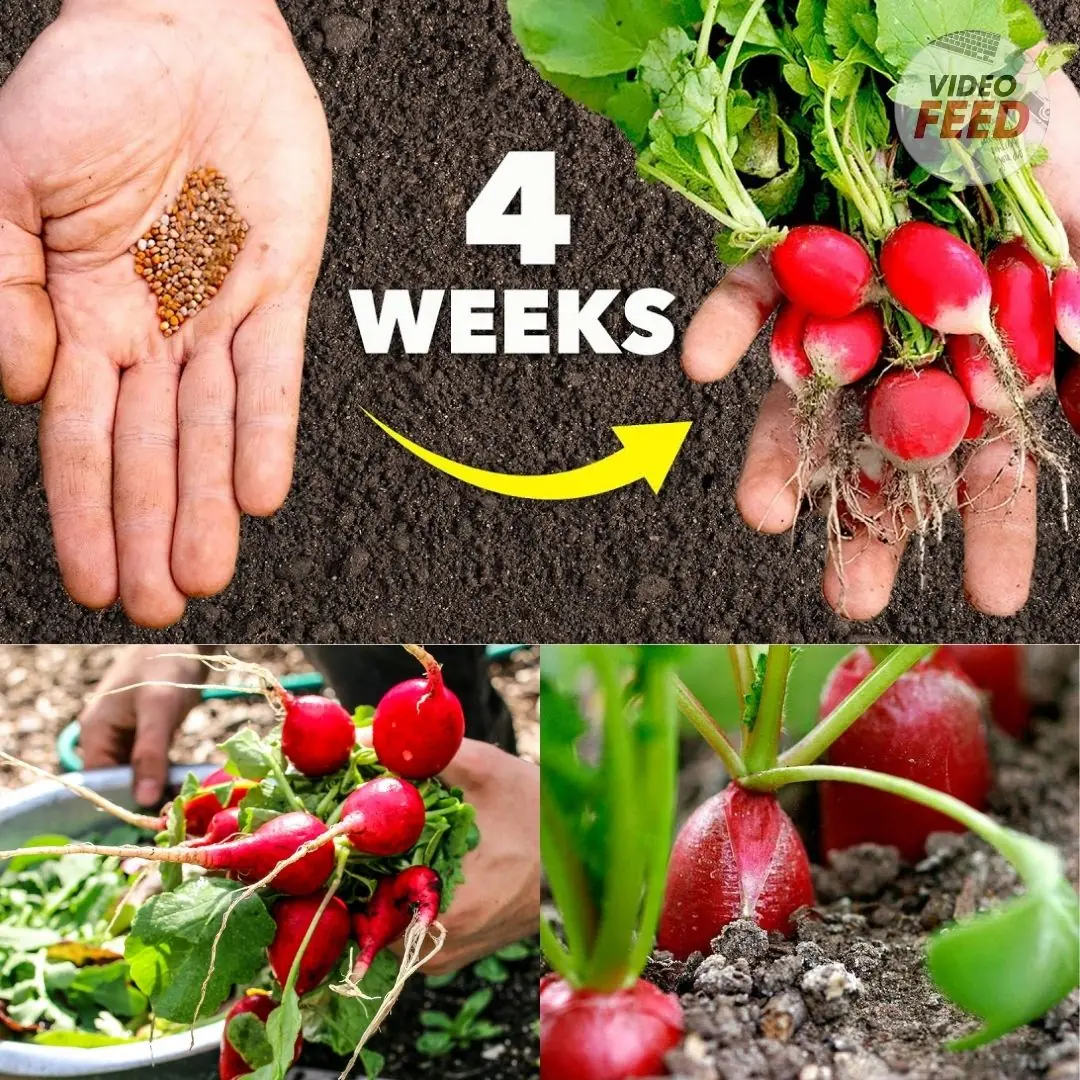
6 Easy Steps to Plant Radish Seeds in an Organic Kitchen Garden
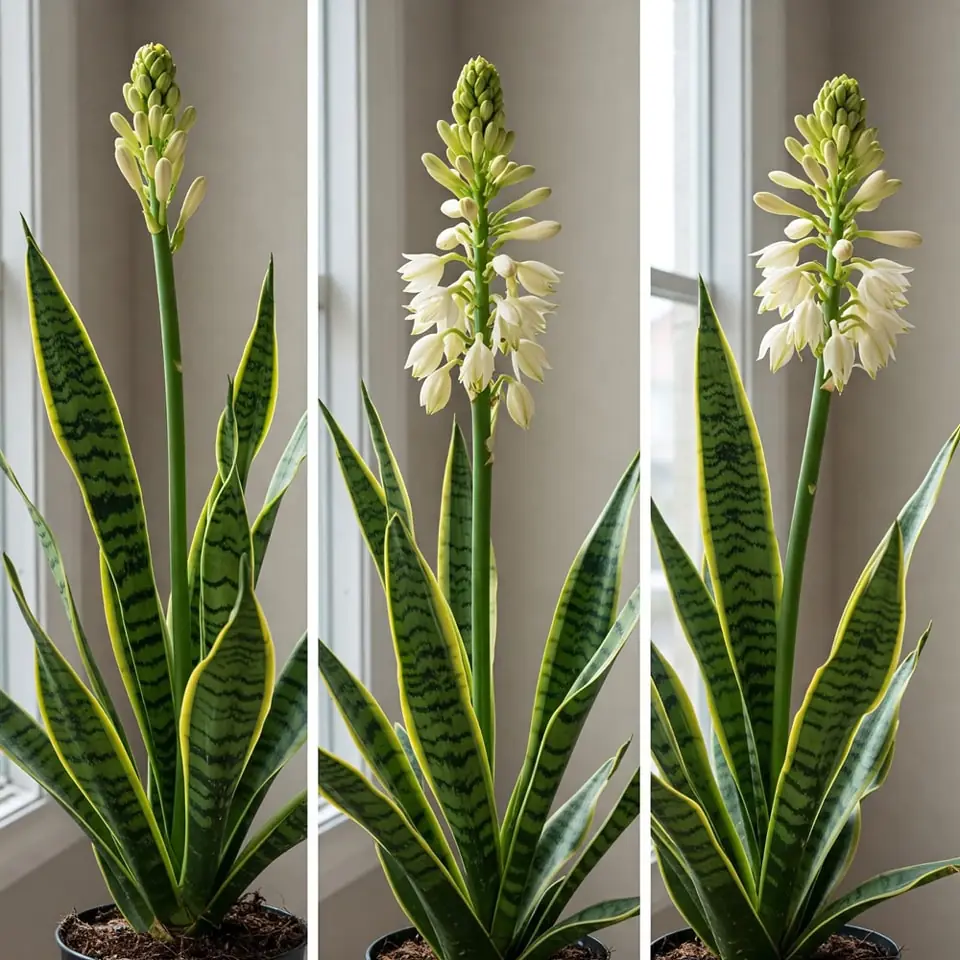
Snake Plants and Their Rare Blooming Phenomenon: A Guide to Encouraging Flowers

How to Grow Cabbage: 10 Tips for a Successful Harvest

The Power of Yeast: A Natural Booster for Growing Tomatoes, Peppers, and Cucumbers
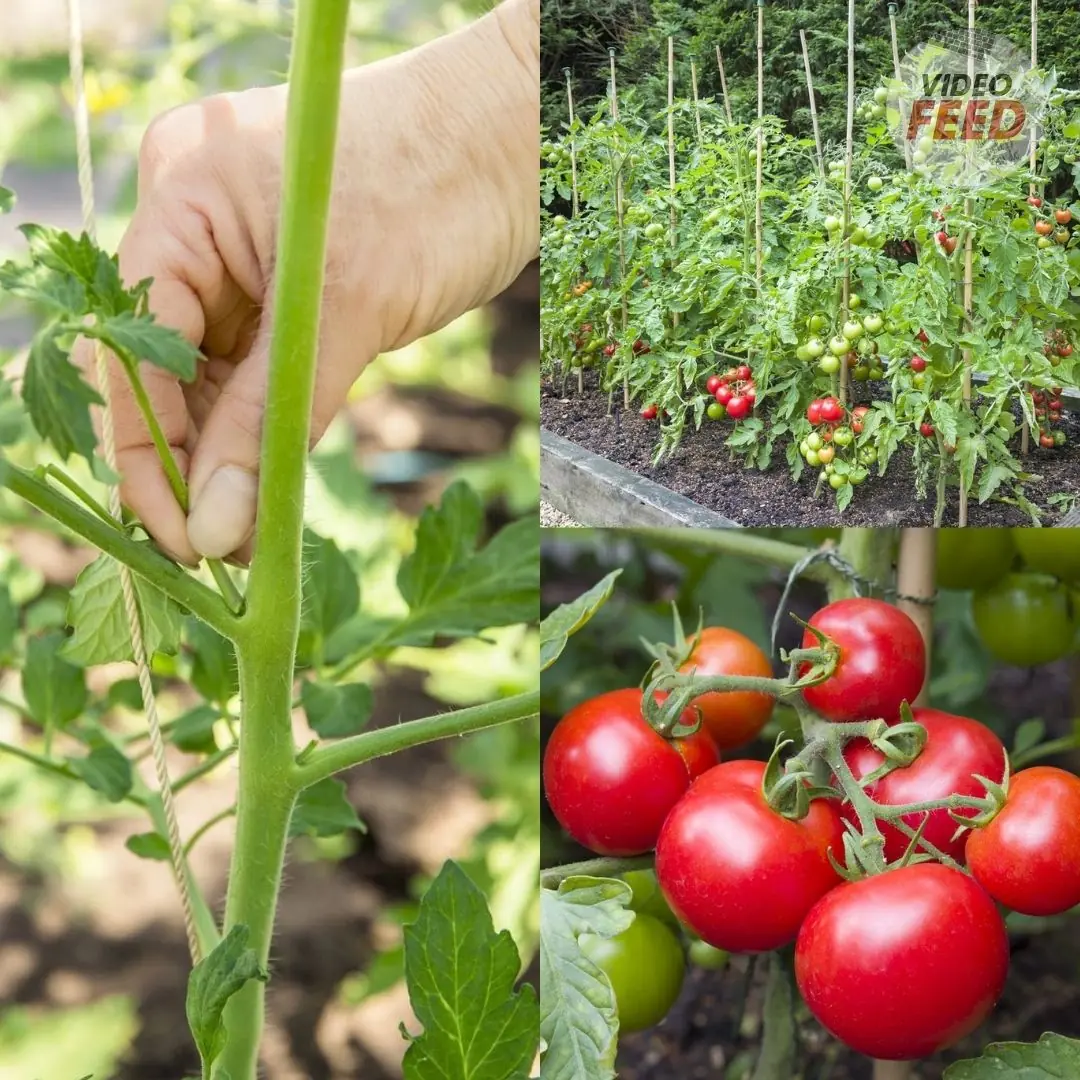
The 8 Biggest Tomato Growing Mistakes, According to Experts

How to Grow Beets This Fall for a Hearty Autumn Harvest
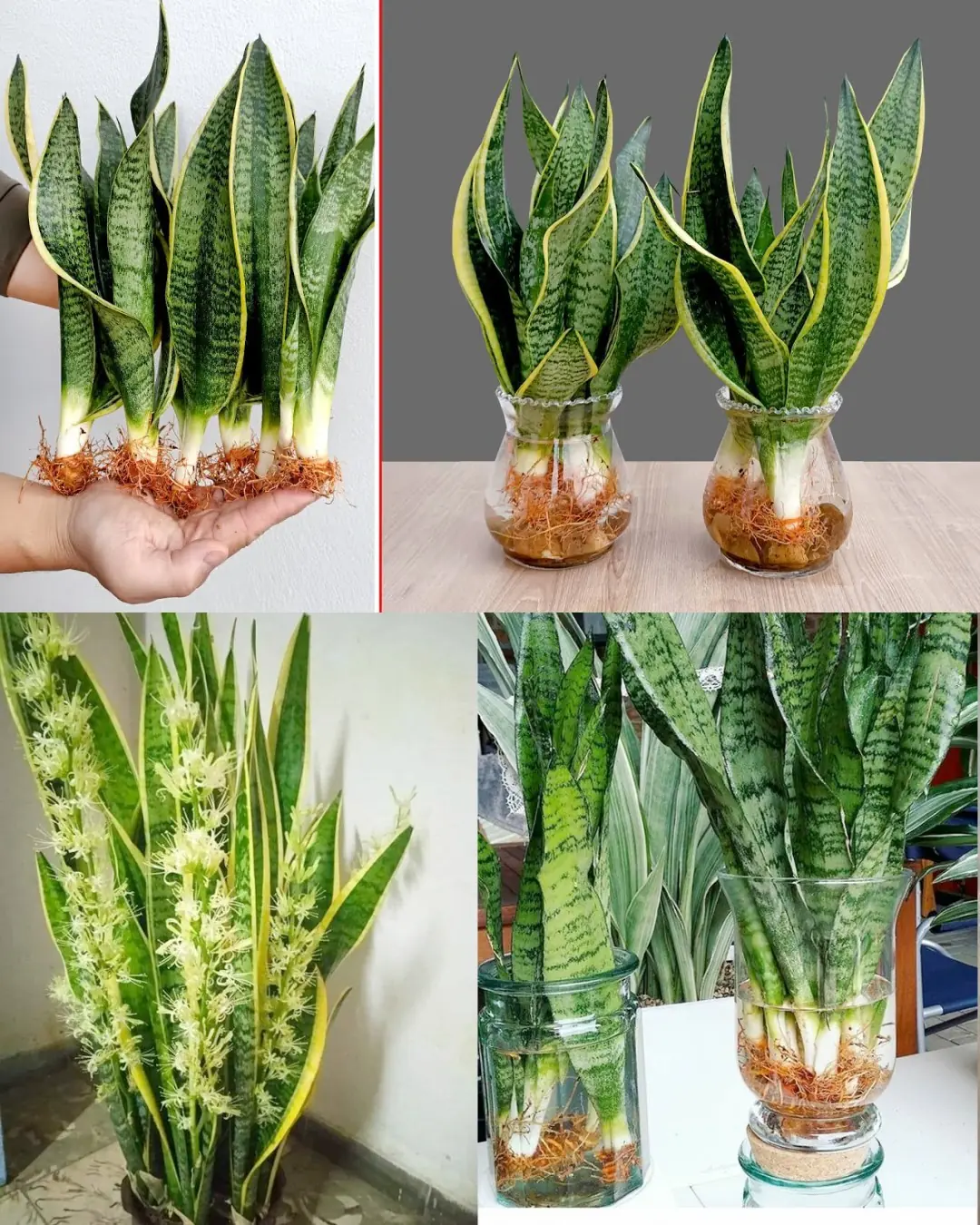
How to Multiply Your Sansevieria Quickly: From One Plant to a Thriving Collection
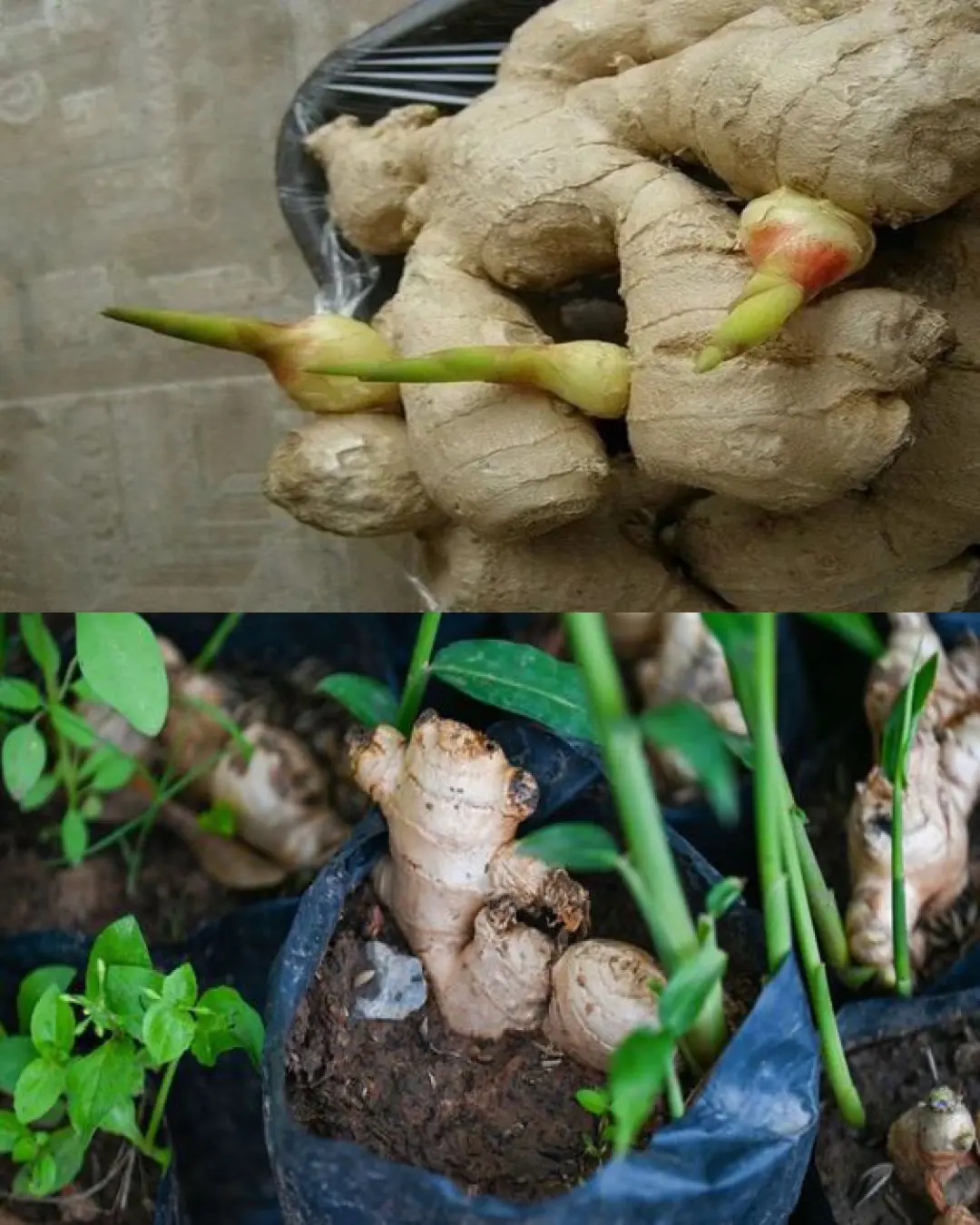
How To Plant Store-Bought Ginger & Grow Your Own Endless Supply
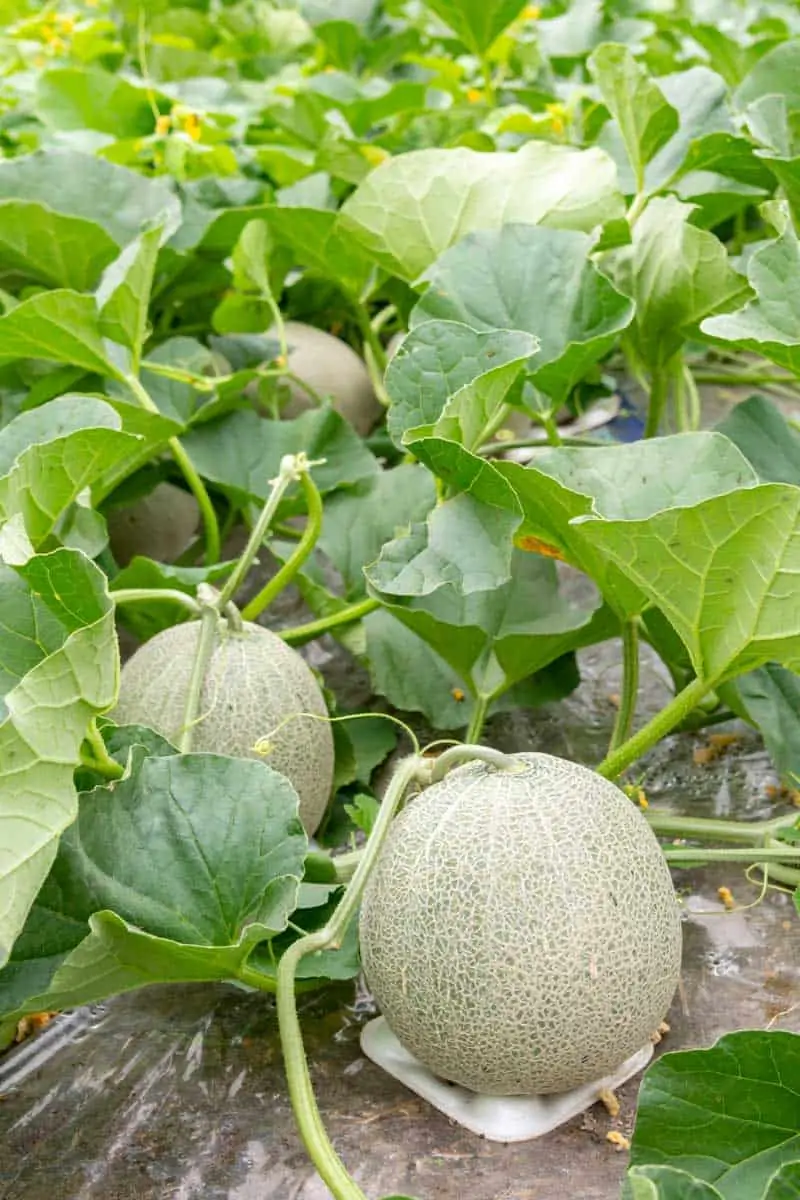
Guide to Cultivating Cantaloupe in Your Garden
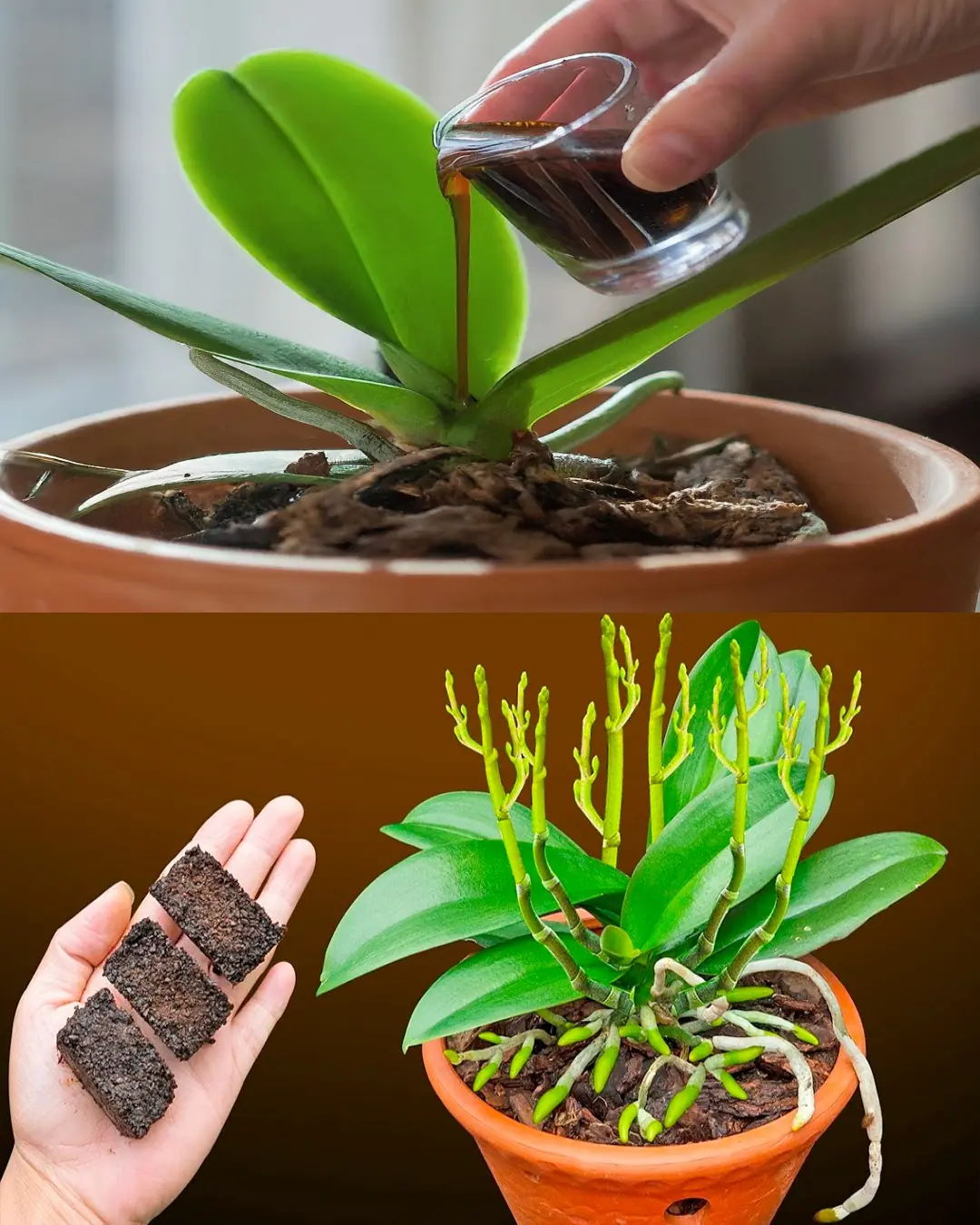
Coffee Magic: A Simple Trick to Help Orchids Bloom Repeatedly

Easy Growing Clove: From Seed to Spice

How to Grow Blackberries at Home in Pots
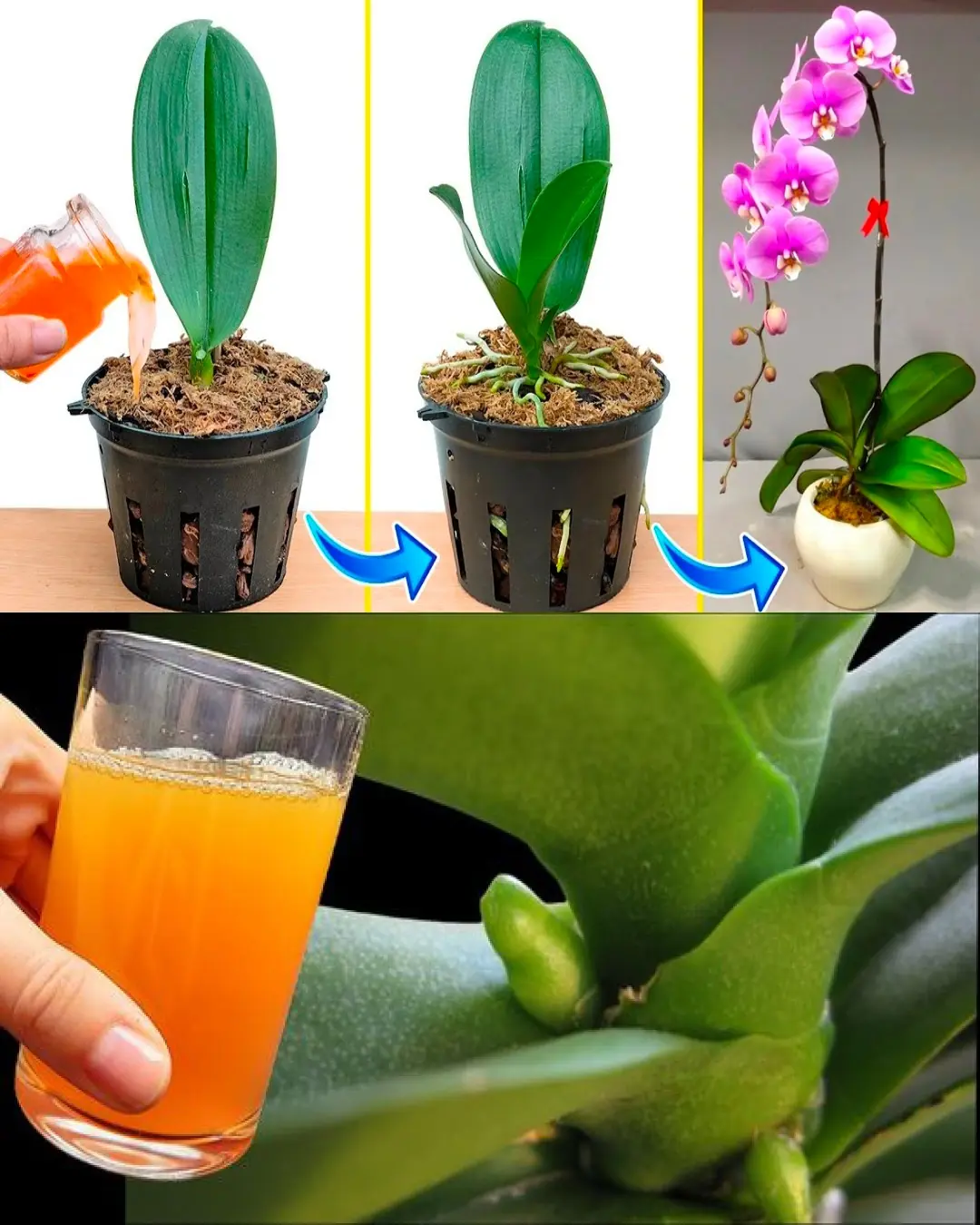
Unlock the Power of Carrot Juice: A Natural Boost for Thriving Plants
News Post

Put them in your home and mice will run away

How to Grow a Pineapple at Home: Simple and Fast

For the Sake of Your Family’s Health, I Strongly Urge You to Get Rid of These 10 Items

Drinking Coffee at These Two Times Is Like “Poiso.ning Your Body”

No Need for Sprays or Mosquito Nets: Just Place This Herb in Your Room and Mosquitoes Will Flee

Hotel Check-In: Say These 3 Sentences to the Front Desk for Instant Perks!

How To Grow Coconut Tree From Coconut Fruit

How To Grow Strawberries From Seed

Rosemary Never Dries Again – Here’s the Gardener’s Trick!

8 symptoms of kidney fai.lure you should never ignore

How to Grow Pumpkins in Your Home Garden

How to Grow and Care for Red Onions in the Garden

6 Easy Steps to Plant Radish Seeds in an Organic Kitchen Garden

3 things that don’t go well with eggs

Snake Plants and Their Rare Blooming Phenomenon: A Guide to Encouraging Flowers

How to Grow Cabbage: 10 Tips for a Successful Harvest

Tips for cleaning yellow pillow cores with tiny mold spots

4 Signs You Might Have Sleep Apnea
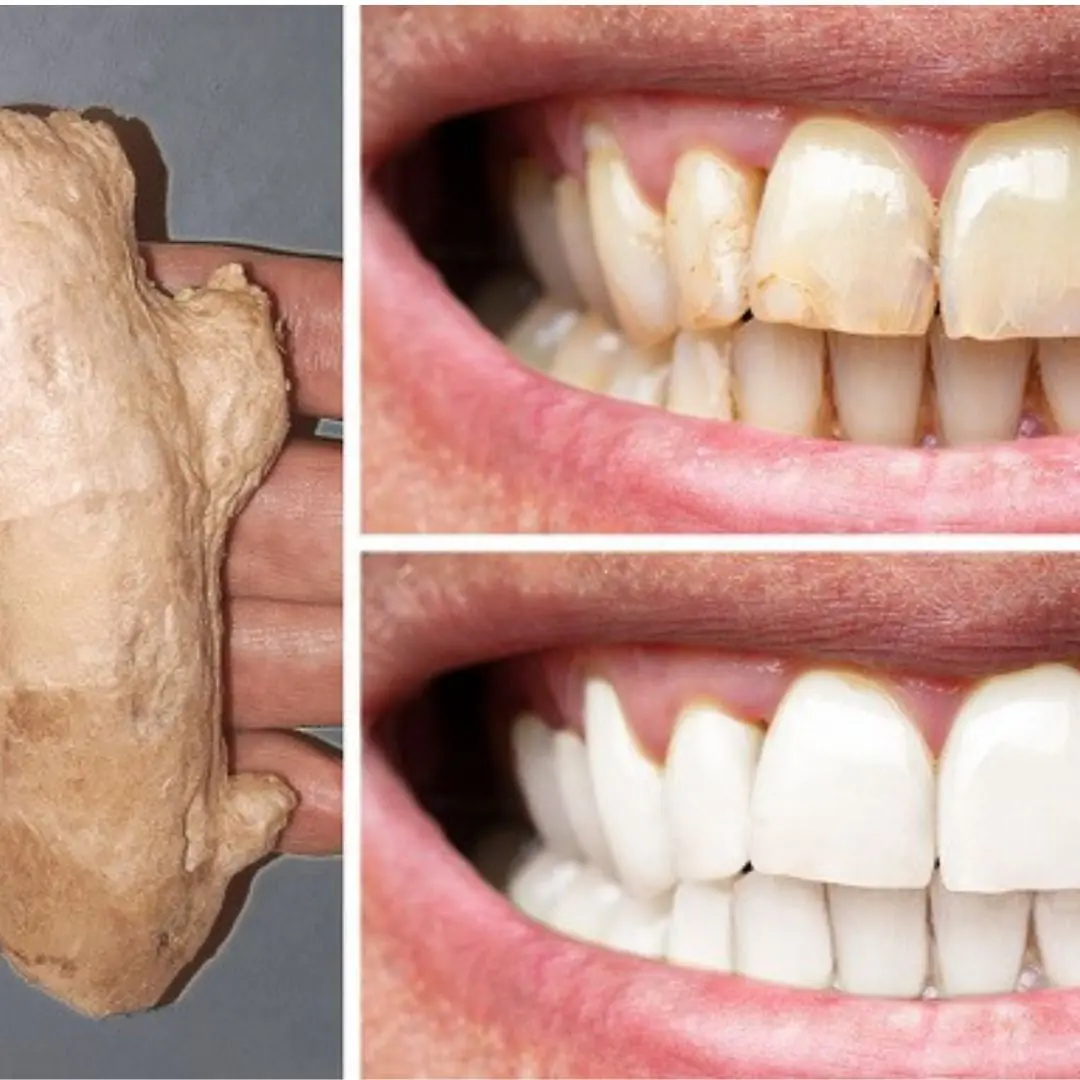
7 Natural Tips to Improve Teeth Whiteness at Home
